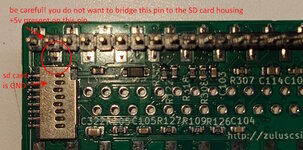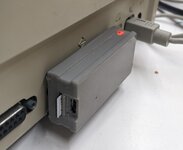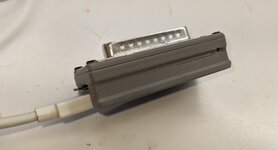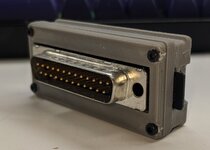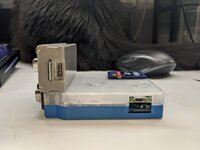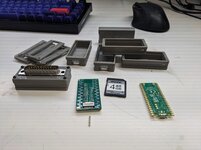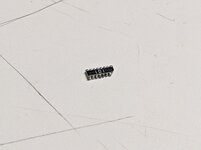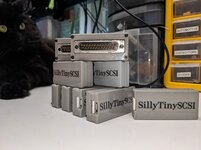zigzagjoe
Well-known member
As mentioned in the ZuluSCSI Pico thread, this is a firmware-compatible derivative of @rabbitholecomputing's ZuluSCSI OSHW with the goal of making the smallest SCSI emulator. It omits the Initiator and switchable termination of the full ZuluSCSI devices, but is otherwise feature-complete including the DaynaPort SCSI networking emulation.
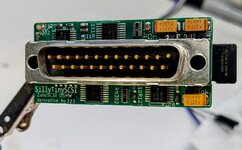
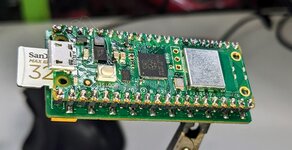
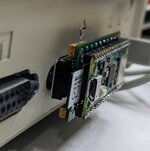

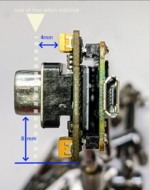
Please ignore the hair so helpfully contributed by my cat
To give a better idea of how silly tiny this is, here's a comparison against a BlueSCSI V2 Pico DB25.
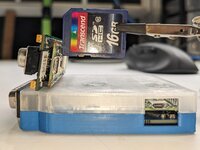
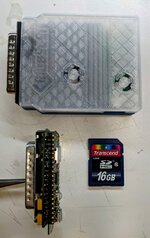
Board files and schematics available here. I'll be releasing a small quantity of these in kit form with the SMD components presoldered. I'll post a thread in the trading post when it's time.
Important note! This may not fit all macs if the case protrudes nearby the SCSI port as in some Quadras/Mac IIs. Please see the picture above for the critical measurements. For those macs the default DB25 doesn't fit, this model of DB25 should work especially if spaced away from the board while soldering, but I have not tested this.
Kit Contents: 1x DB25, 1x Pico W, 1x SillyTinySCSI board, 1x 20 pin SMD header, 1x 19 pin SMD header, 1x 1 pin SMD header
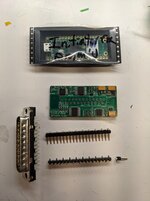
Assembly is straightforward with intermediate soldering skills.
Only grab the top and bottom of the device, not the sides. Unfortunately, there's not exactly a lot of room for a full-sized microsd socket. At some point I will likely come up with a 3d-printable case to help mitigate this.





Please ignore the hair so helpfully contributed by my cat
To give a better idea of how silly tiny this is, here's a comparison against a BlueSCSI V2 Pico DB25.


Board files and schematics available here. I'll be releasing a small quantity of these in kit form with the SMD components presoldered. I'll post a thread in the trading post when it's time.
Important note! This may not fit all macs if the case protrudes nearby the SCSI port as in some Quadras/Mac IIs. Please see the picture above for the critical measurements. For those macs the default DB25 doesn't fit, this model of DB25 should work especially if spaced away from the board while soldering, but I have not tested this.
Kit Contents: 1x DB25, 1x Pico W, 1x SillyTinySCSI board, 1x 20 pin SMD header, 1x 19 pin SMD header, 1x 1 pin SMD header

Assembly is straightforward with intermediate soldering skills.
- Solder DB25 connector to SillyTinySCSI board
- Solder headers to SillyTinySCSI board
- be careful to avoid soldering headers that you don't bridge to the SD card housing. You may want to shorten the tails slightly.
- recommend placing headers into Pico W (unsoldered!) then placing on the board to verify alignment. Then, tack a single lead on each header.
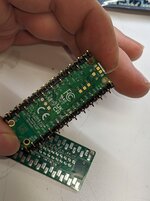
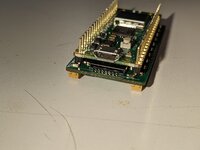
- There is a one-pin header that goes with the 19 pin header to make a second 20 pin header.
- Solder Pico W to headers
- Test, then trim spare length from headers.
Only grab the top and bottom of the device, not the sides. Unfortunately, there's not exactly a lot of room for a full-sized microsd socket. At some point I will likely come up with a 3d-printable case to help mitigate this.
Last edited:

